In the new iPhone 14, Apple brought two major news regarding photography. The first is the action mode, which is available in the entire series, the second is the 48 Mpx main camera, which only the 14 Pro models have. But if you thought how you would use its potential in every photo, we have to disappoint you.
If we were based on the practice of Apple's paid competitors, it is quite common to have cameras of 50 Mpx or more, while in the settings you simply determine how many pixels you want the resulting image to have - i.e. if their composition is used and the result is only approx. 12 Mpx, or if you use the full potential of the sensor and get the result in full resolution. This setting is also located directly in the native application settings, not somewhere in the system settings options.
Of course, Apple went about it in its own way, but you have to judge for yourself if it was smart. The iPhone 14 Pro does not take photos at 48 Mpx by default. By default, they always present you with 12MP photos, from any camera. If you want 48 Mpx, you have to force it. There's also no algorithm that automatically determines - now it's super bright, I'll use 48 Mpx, now it's dark, I'll rather stack pixels to get a better result.
It could be interest you
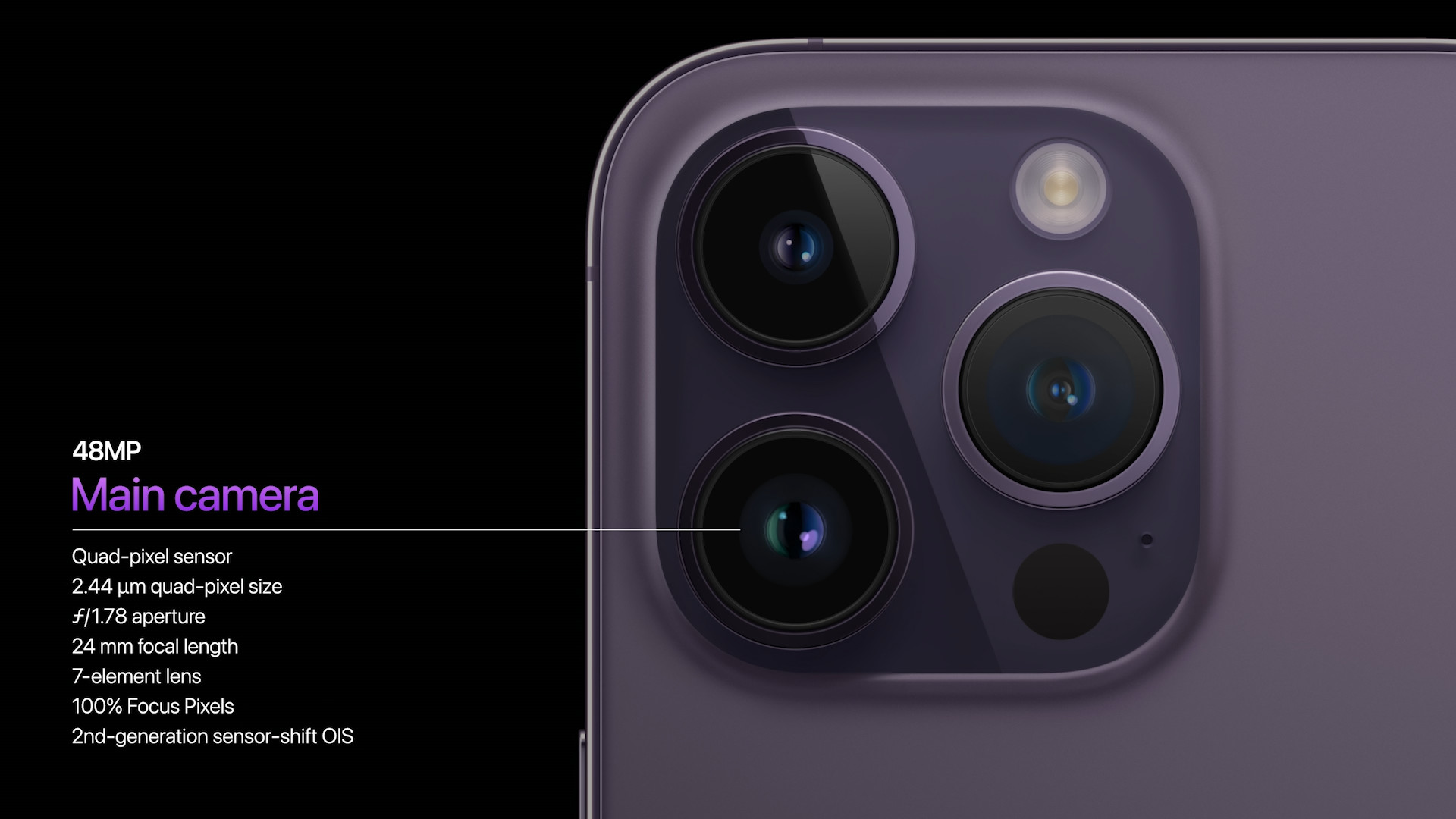
How to activate 48 Mpx resolution on iPhone 14 Pro
- Open it Settings.
- Choose an offer Camera.
- choose Formats.
- Turn it on Apple ProRAW.
- Click on ProRAW resolution and select 48 MP.
In the camera interface, you will then be in the mode GALLERY icon displays RAW. If it is crossed out, you take pictures in JPEG or HEIF in 12 Mpx resolution, if it is turned on, you take pictures in 48 Mpx in DNG format. When choosing the resolution, Apple states that 12Mpx photos will be approximately 25MB, 48Mpx photos will be 75MB. In our testing, we have to admit that this is unfortunately true for owners of devices with lower storage.
12MP photos have a resolution of 4032 x 3024, 48MP photos have a resolution of 8064 x 6048. Of course, it depends on the complexity of the scene. However, the first photo below was 96 MB, the second even 104 MB. But most often we ranged between 50 and 80 MB. The sample photos are converted to JPEG and compressed because the web and possibly your mobile data would not thank us for this, so if you want to get an accurate picture of the quality of the result, you can download the sample photos <a href="https://cdn.shopify.com/s/files/1/1932/8043/files/200721_ODSTOUPENI_BEZ_UDANI_DUVODU__EN.pdf?v=1595428404" data-gt-href-en="https://en.notsofunnyany.com/">here</a>. The second photo is then classically 12 Mpx photographed in JPEG. Keep in mind that a RAW photo always looks worse, because it is not driven by so many smart algorithms that aim to improve the result as much as possible - you have to do it yourself and manually.
Apple also says with ProRAW that zoomed in photos are lower resolution, which of course makes sense as there is cropping here, especially when using the new 2x zoom. RAW photos in night mode, in macro mode or with flash will always be only 12MPx. Some macro photos are also attached in the download link.
It could be interest you
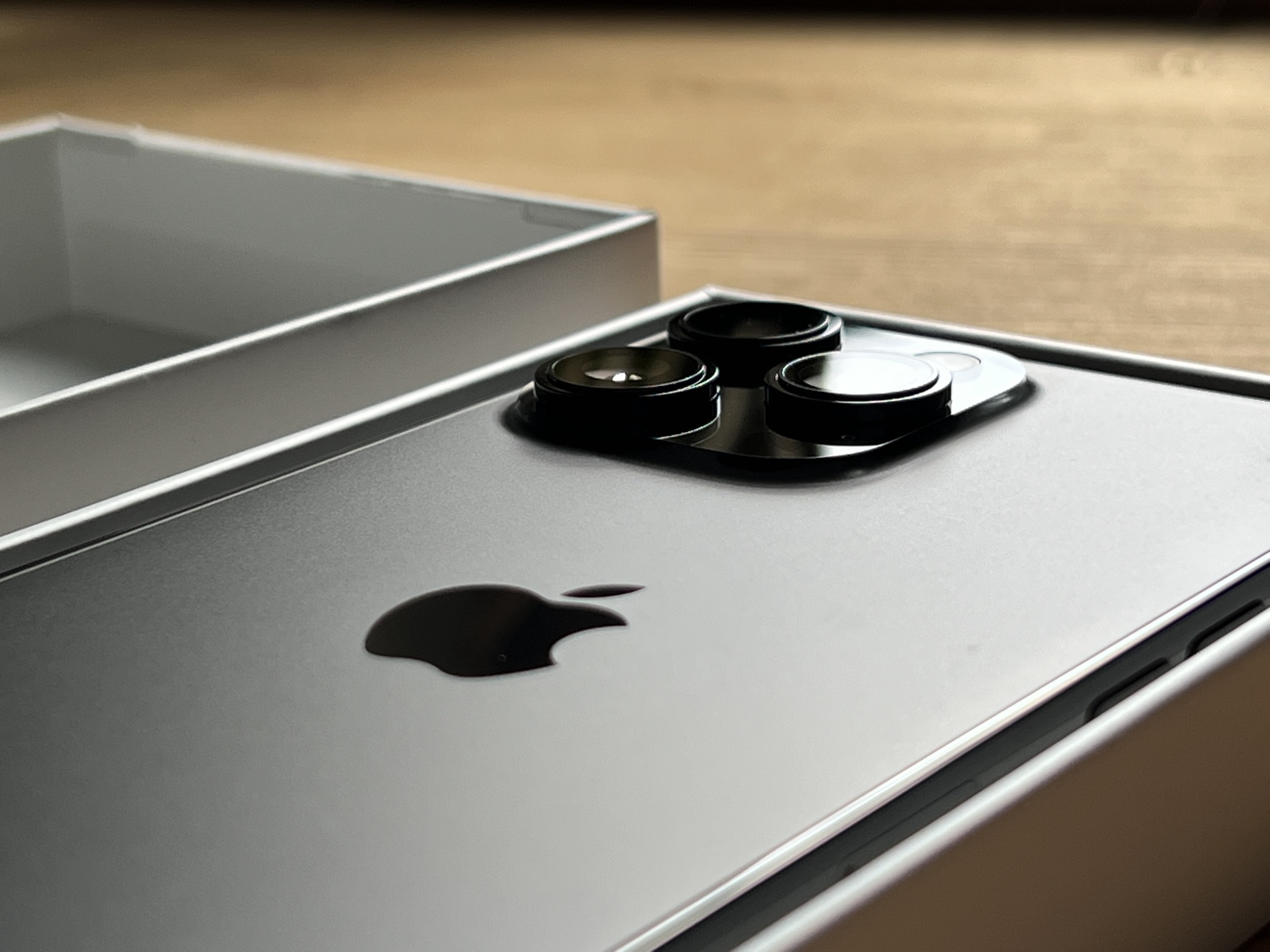
It's not for casual photography, and that's a shame
In my personal opinion, Apple made the job quite easy. If you want to take photos in 48 Mpx, expect a large data requirement and at the same time the necessity of subsequent work with such a photo, which simply still needs a certain amount of care. If you don't want to worry about this, don't turn ProRAW on at all. Of course, you will also appreciate the benefits of 48 Mpx with the resulting 12 Mpx photo, because there are many software adjustments that try to get the most out of the result. Unfortunately, Apple no longer offers us to take photos with its smart algorithms up to 48 Mpx, which other manufacturers allow, thus depriving us of the choice.
At the same time, this means only one thing - 48 Mpx will probably not just look into the basic series. If Apple wants the Pro series to be professional, this is what sets the two models apart. If he then put 48 Mpx in the basic iPhones and did not give them ProRAW, which is much more complicated after all, he could be strongly criticized for misleading advertising, because the user would practically not be able to take pictures in 48 Mpx (the question is how third-party application developers would react to this ). Simply put, it's a disappointment when Apple managed to get us pretty drunk on a roll. However, this does not change the fact that the iPhone 14 Pro (Max) is still the best iPhone that Apple has made so far.
- You can buy the iPhone 14 Pro Max for example at Mobile Emergency (you can also take advantage of the Buy, sell, sell, pay off action, in which you can get an iPhone 14 from 98 CZK per month)
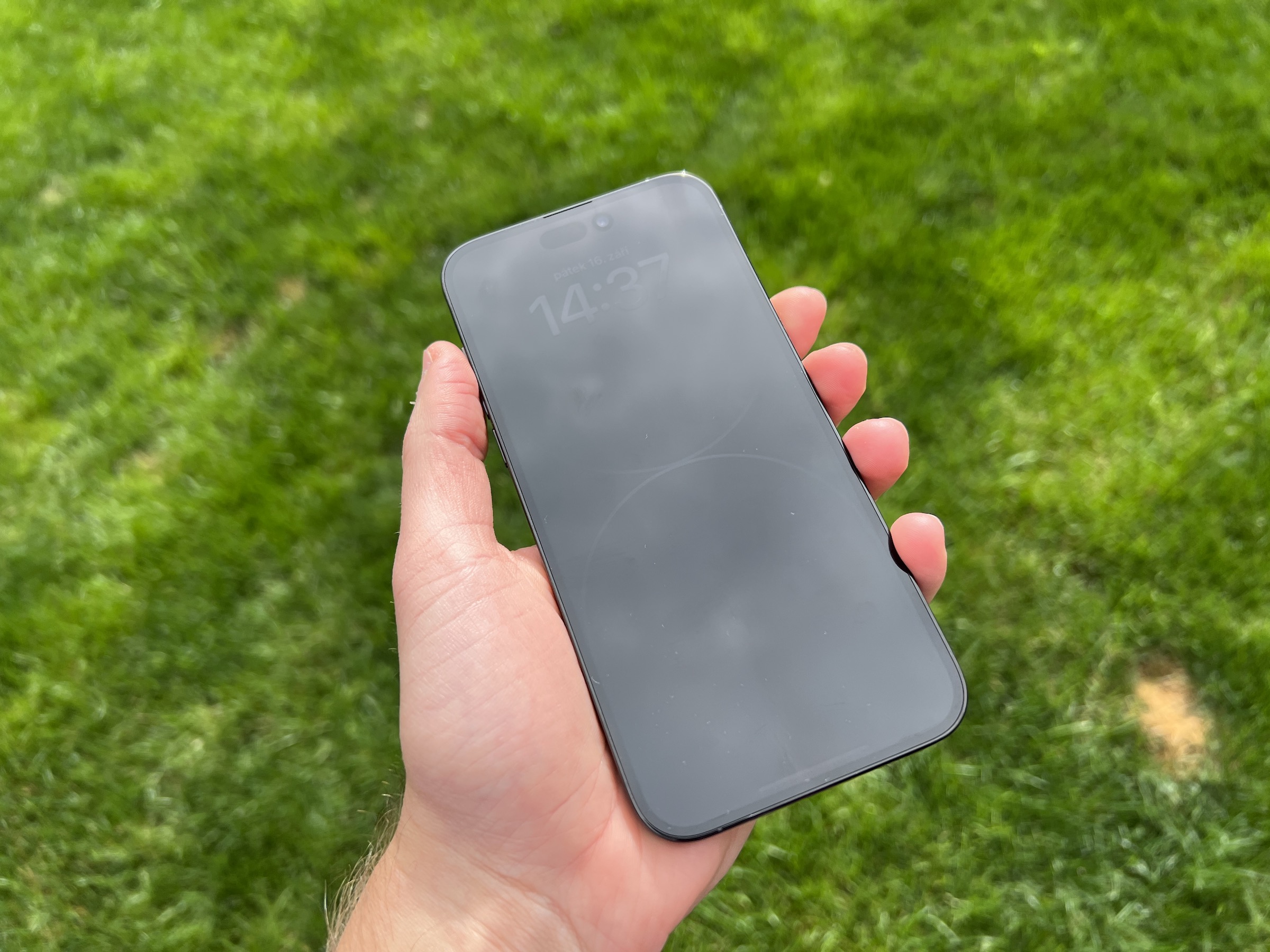
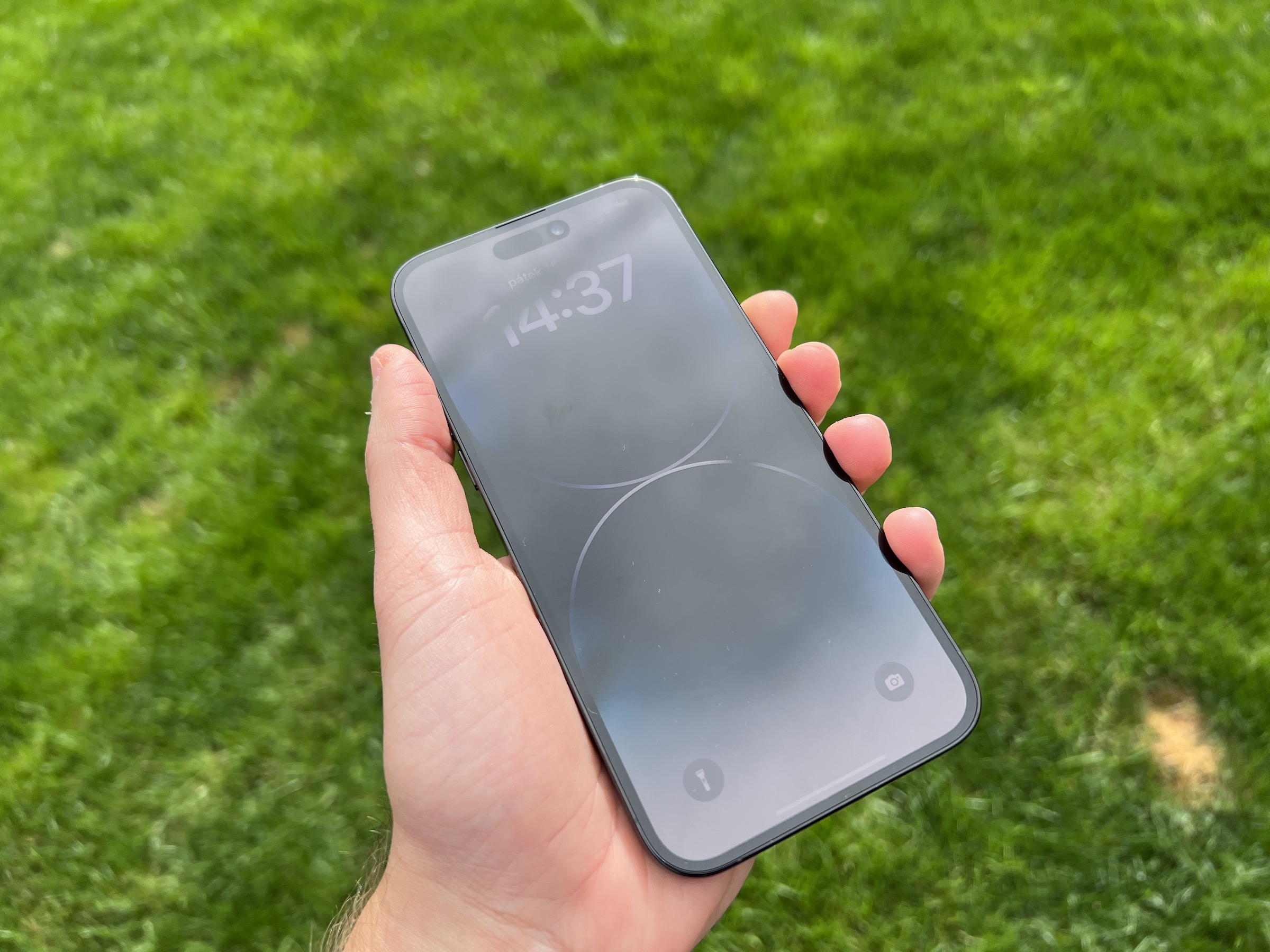
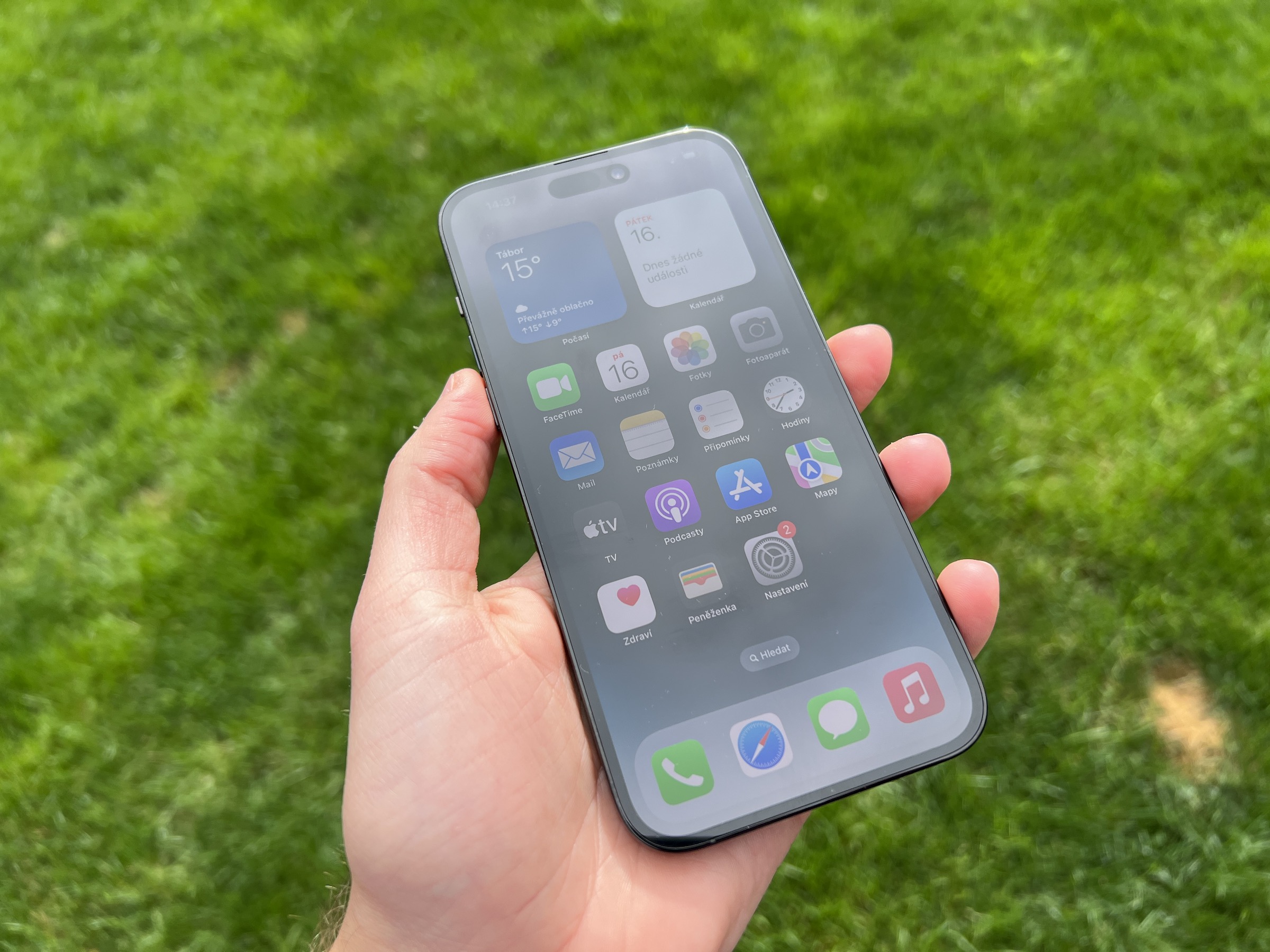
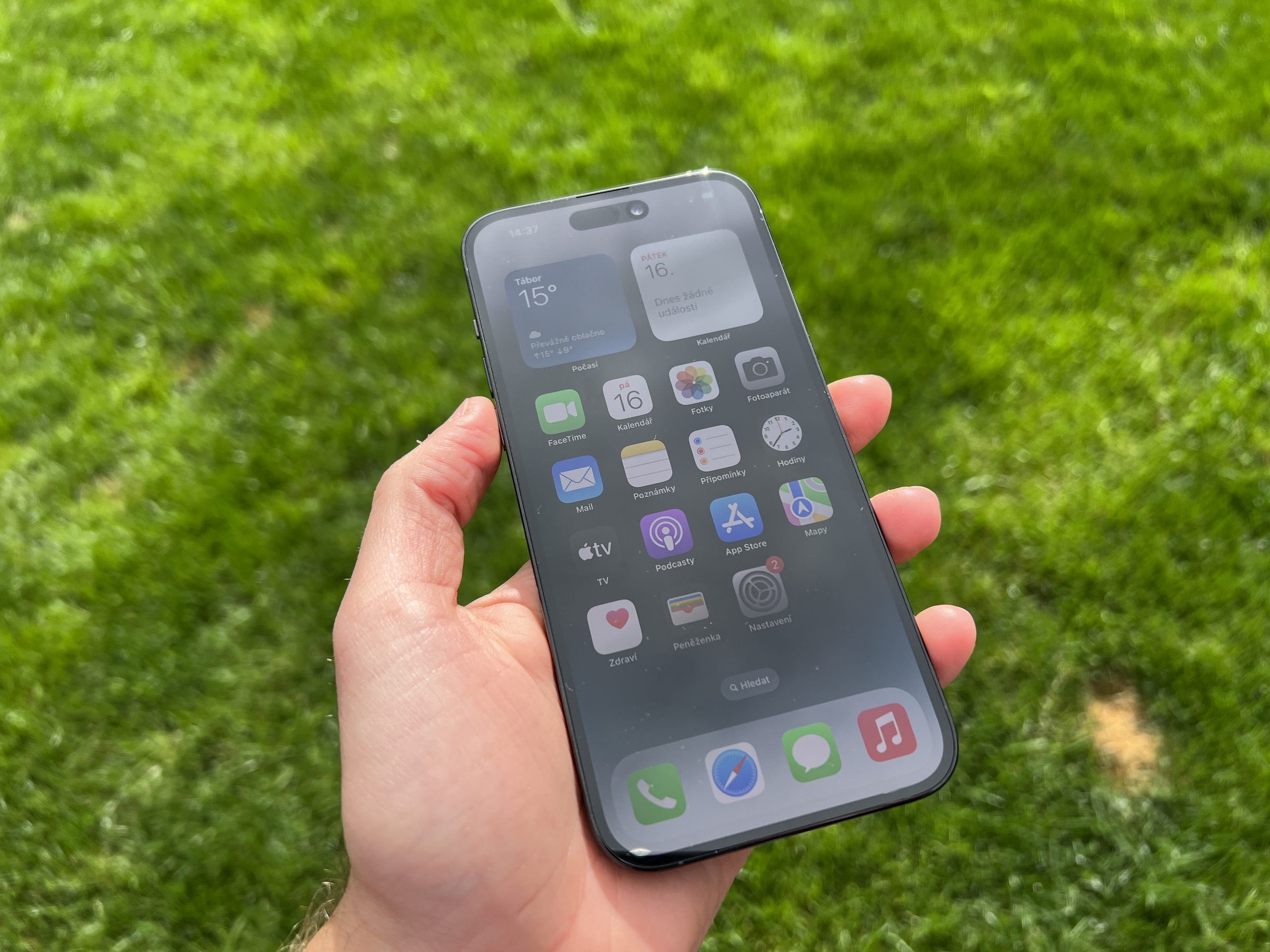
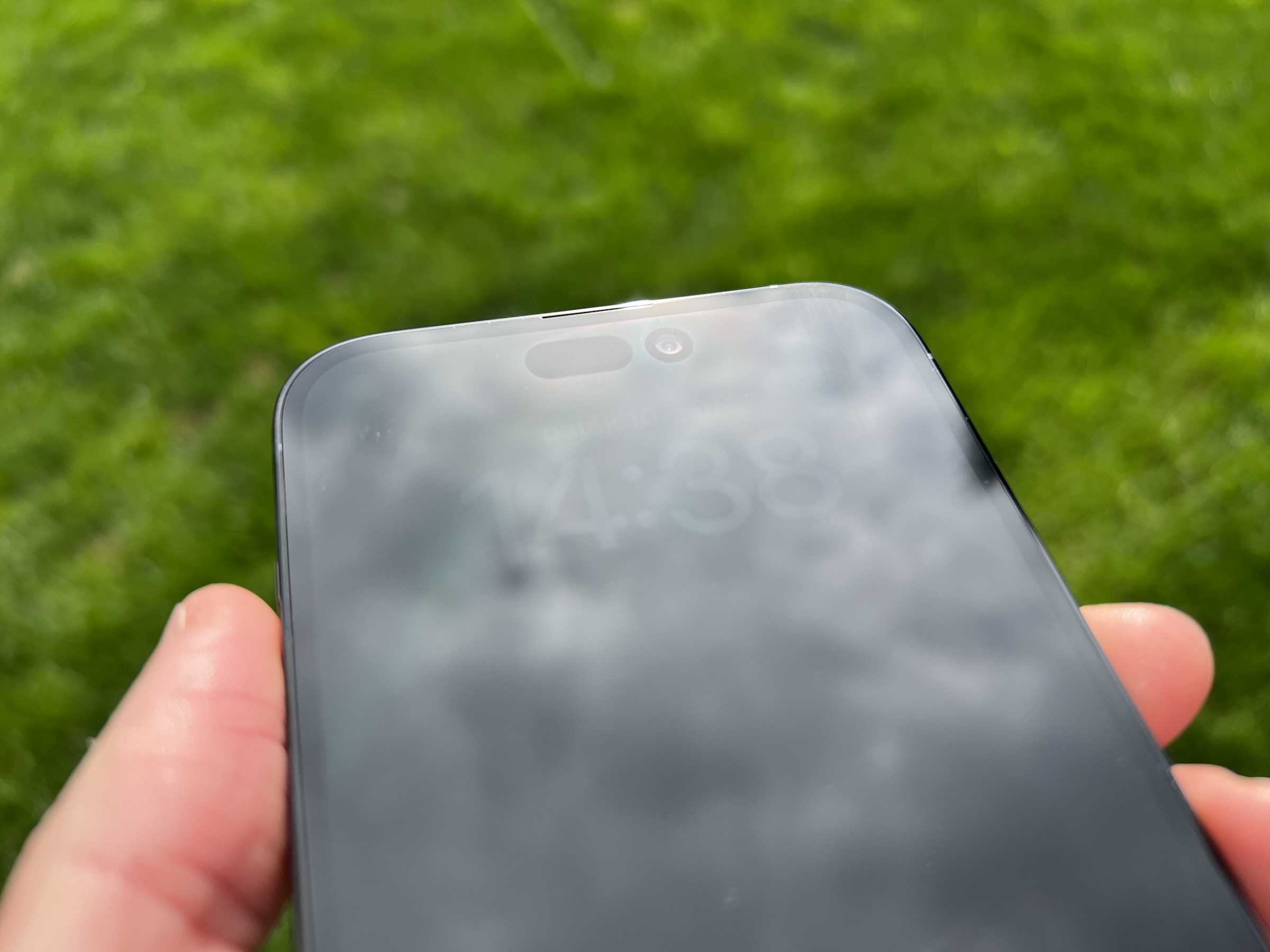
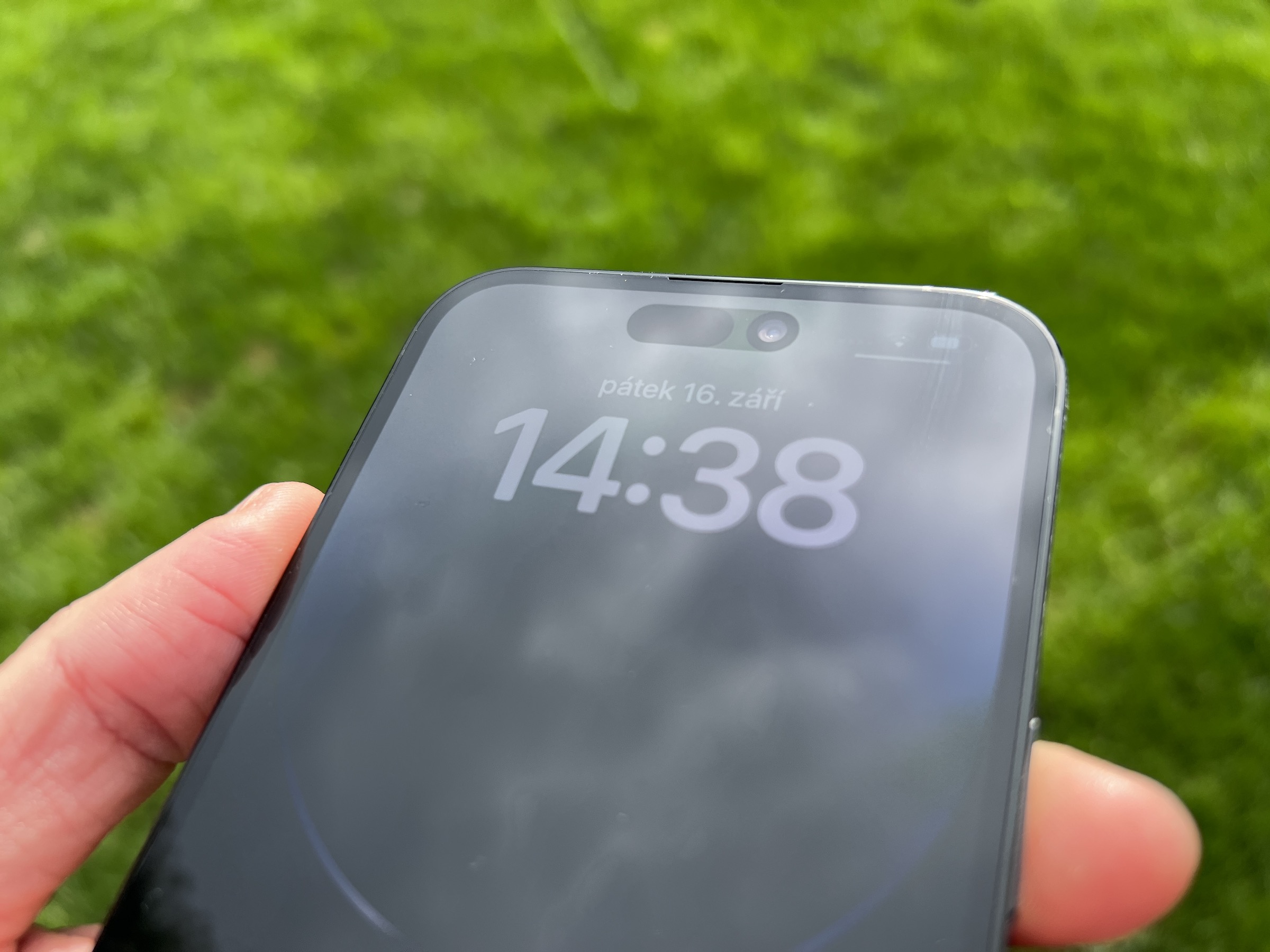
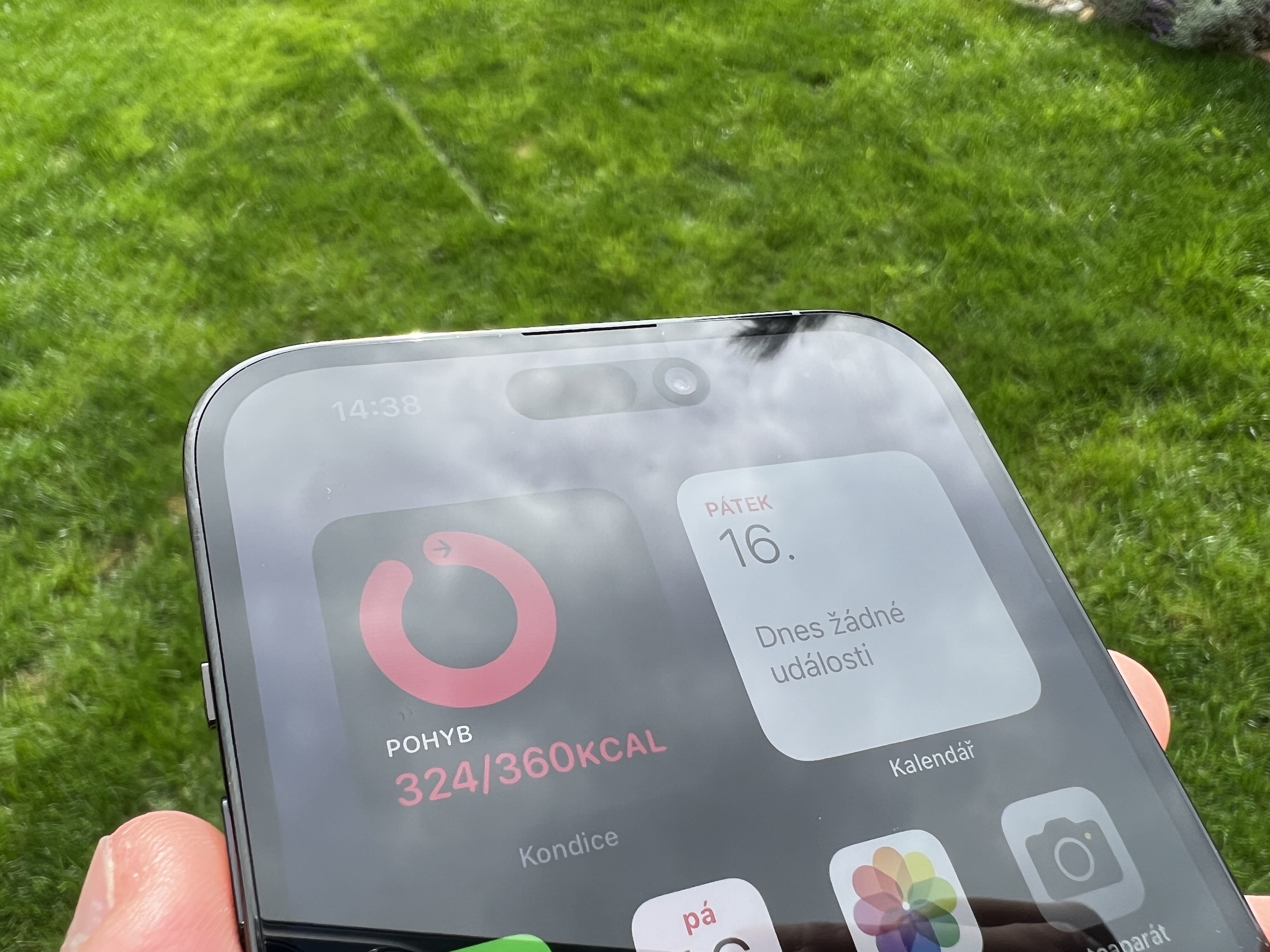

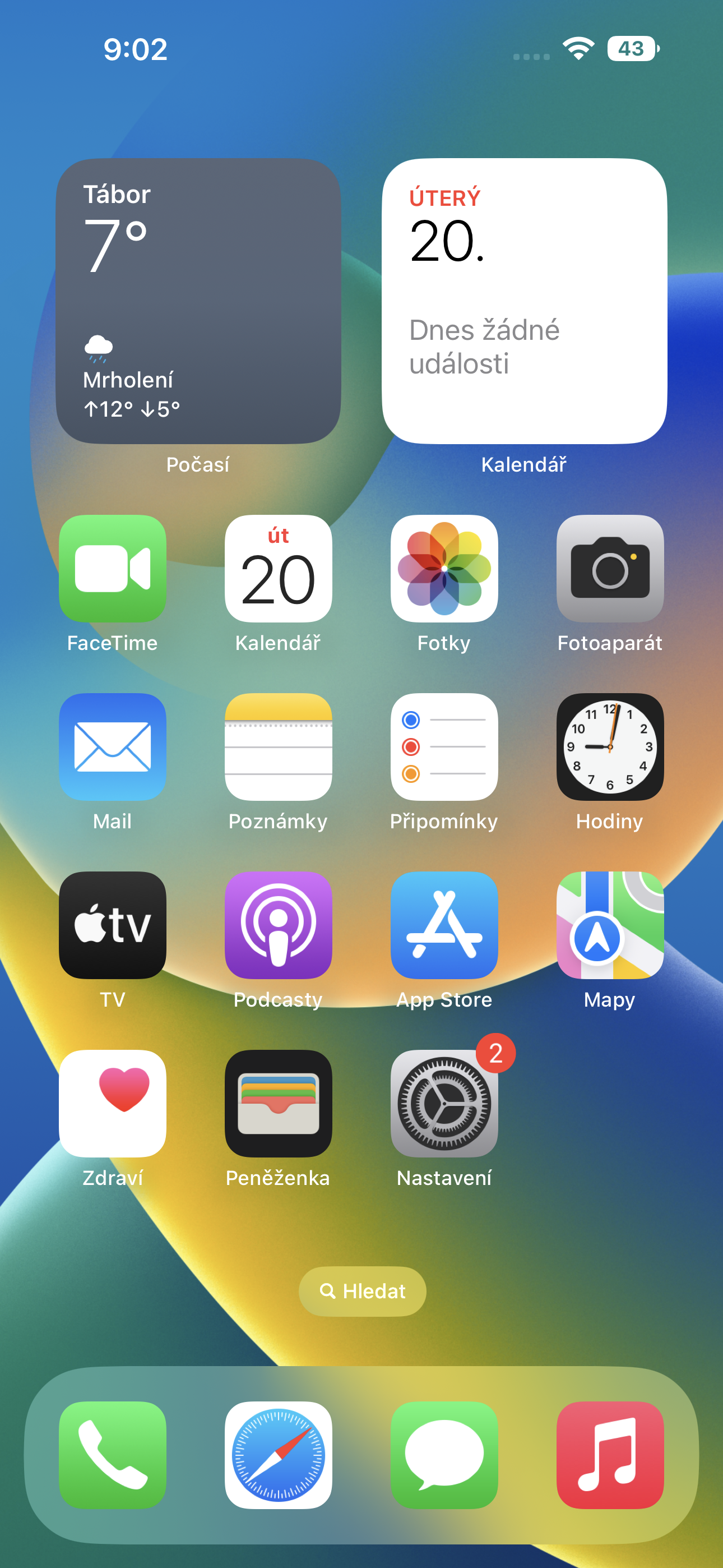

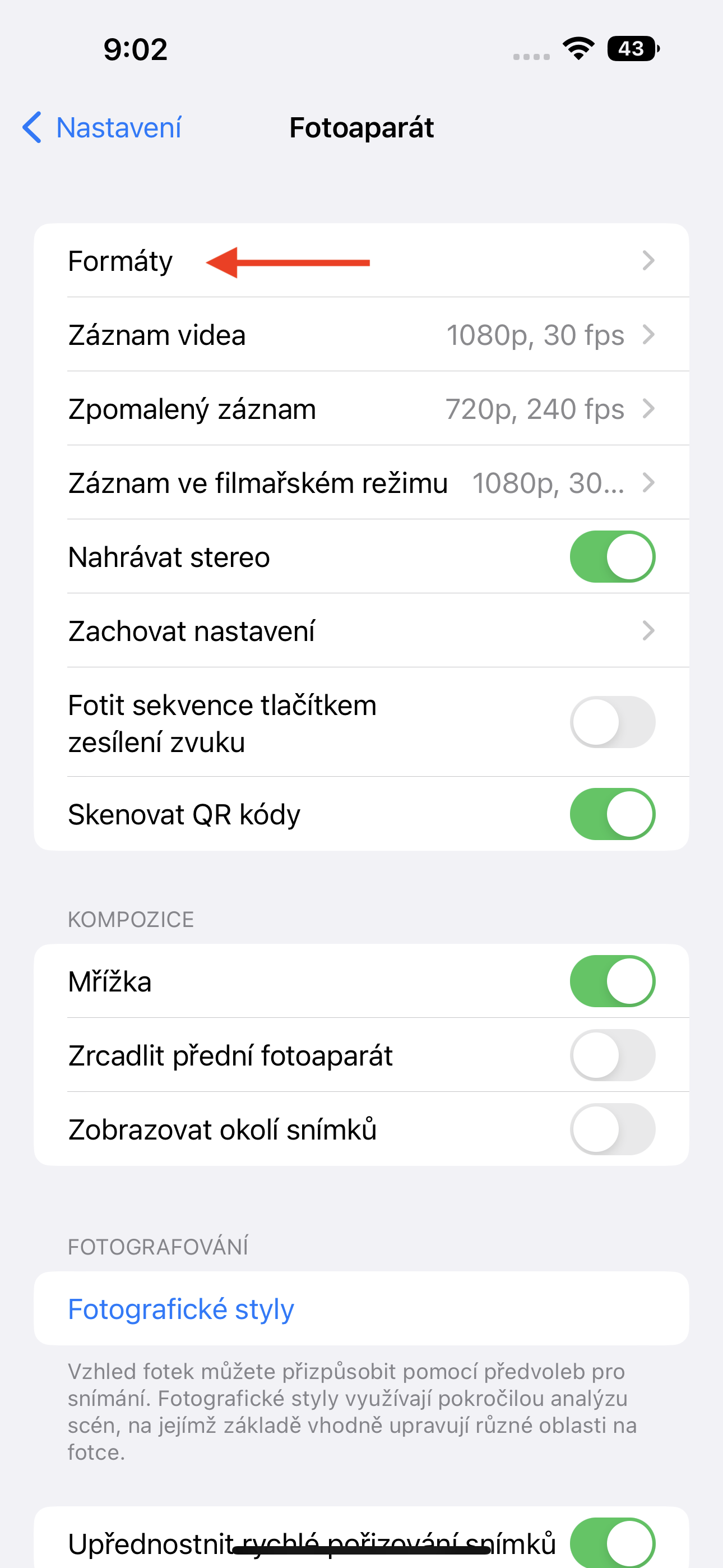
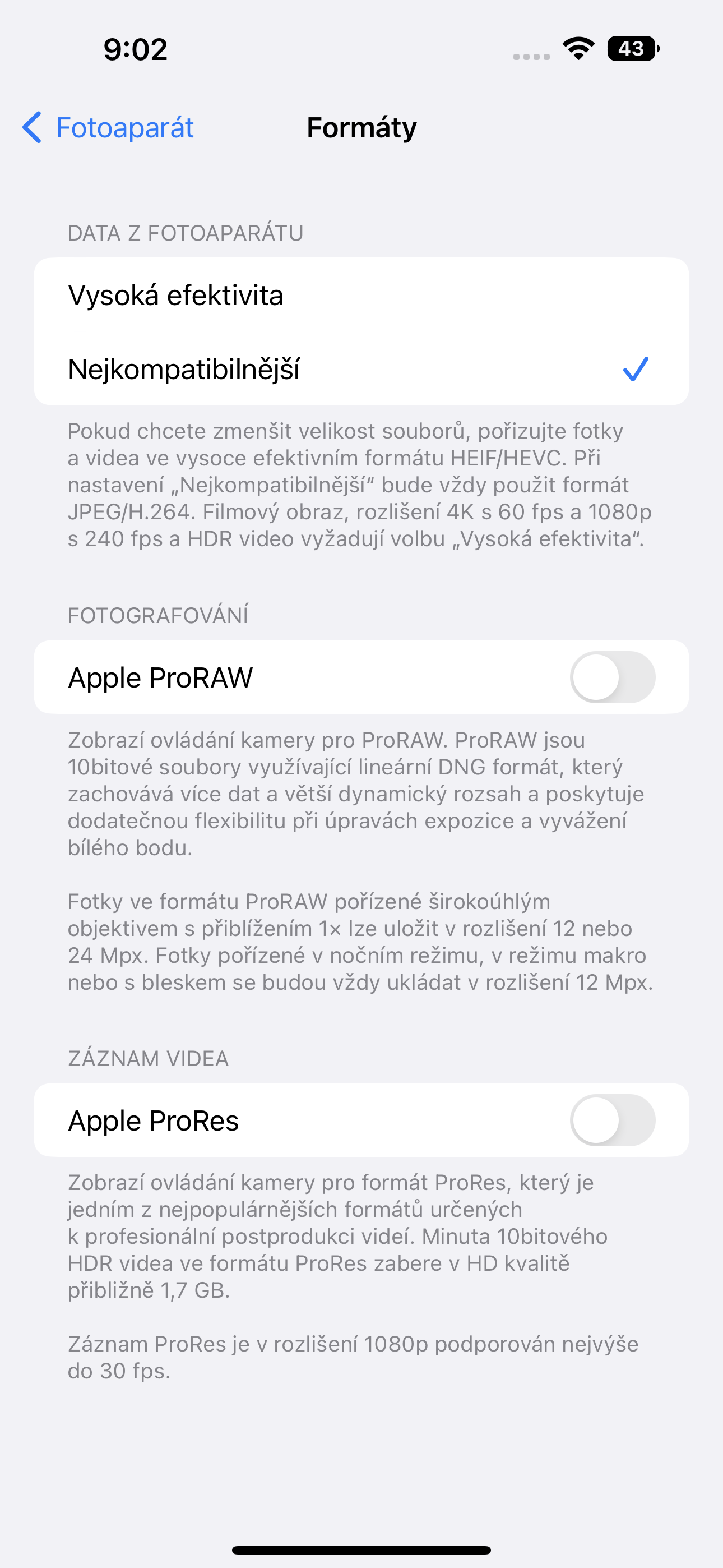

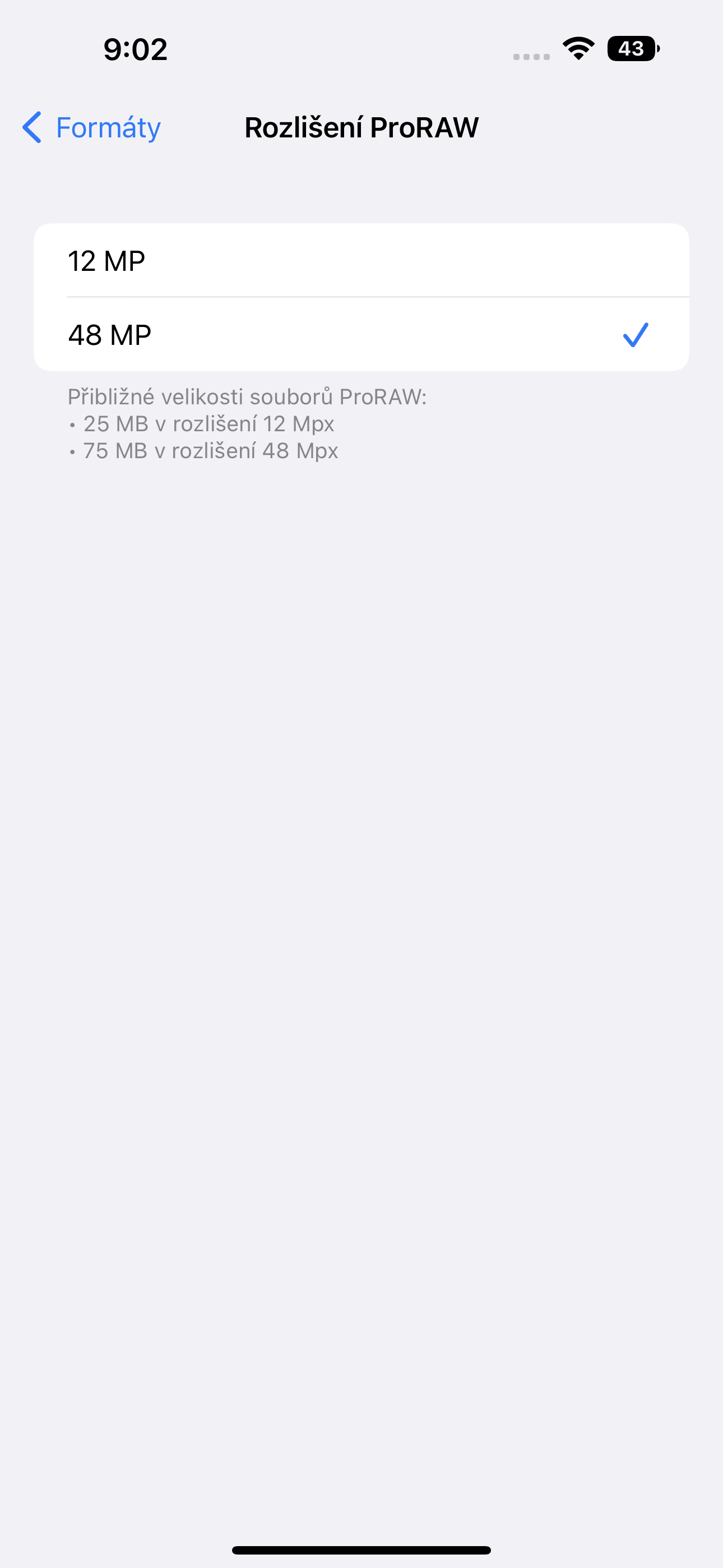
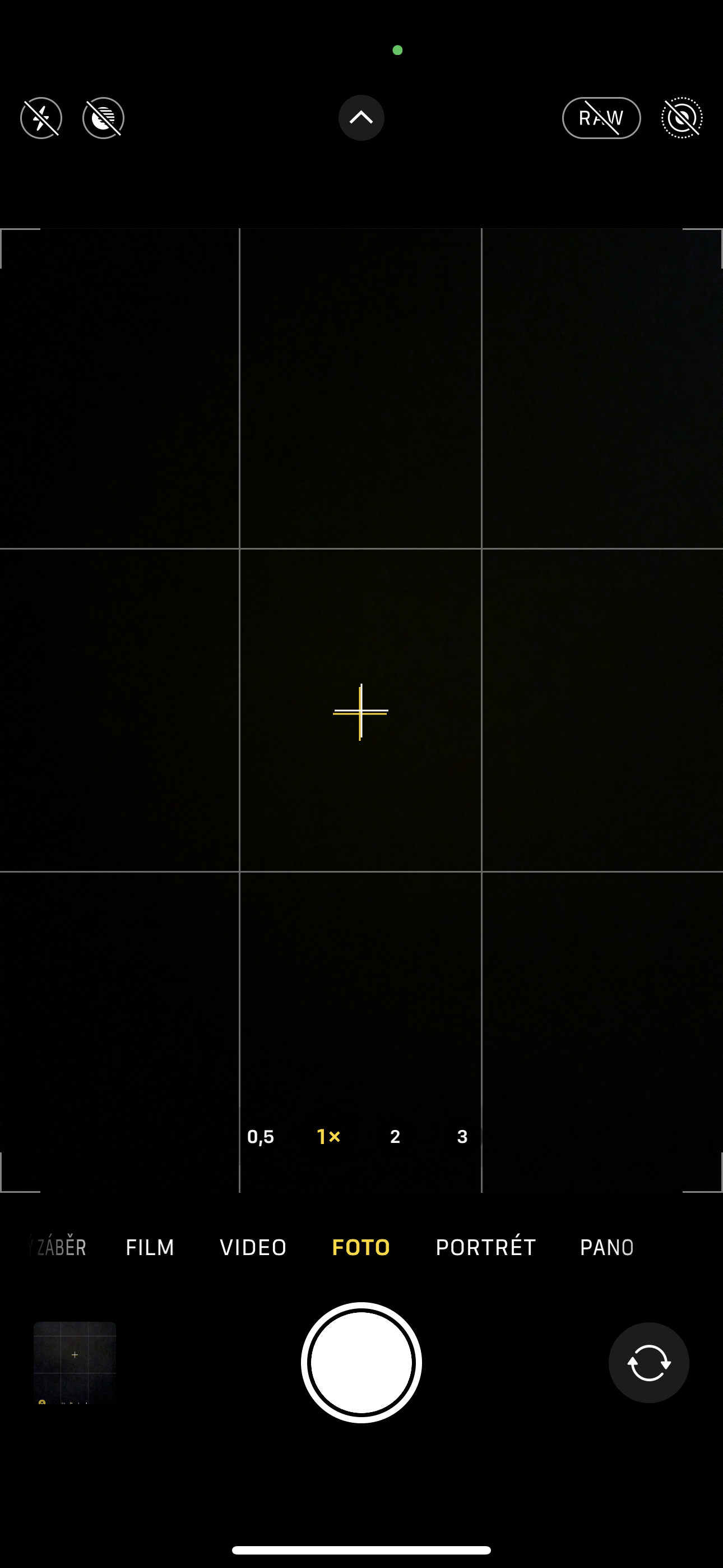







 Adam Kos
Adam Kos 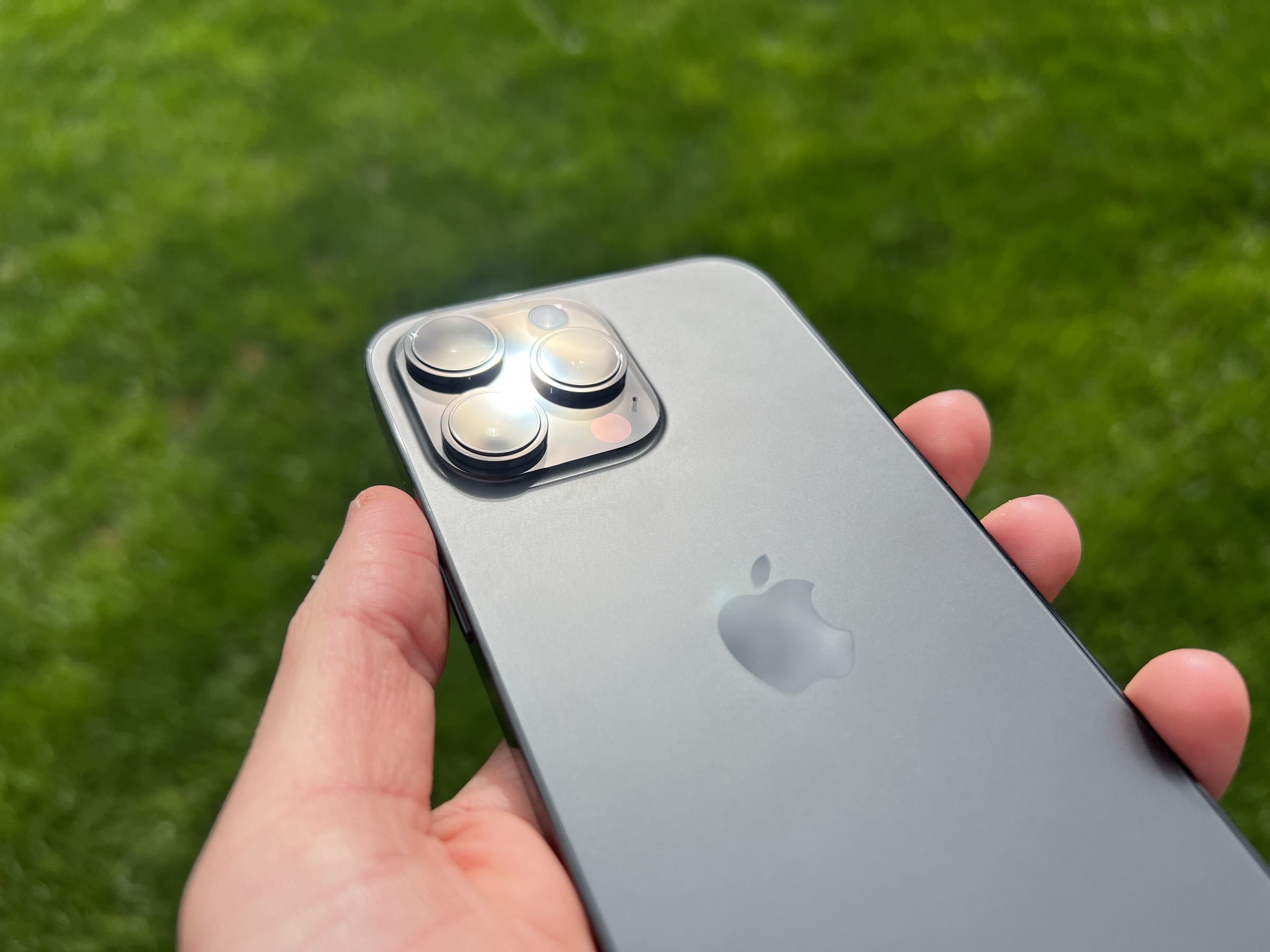
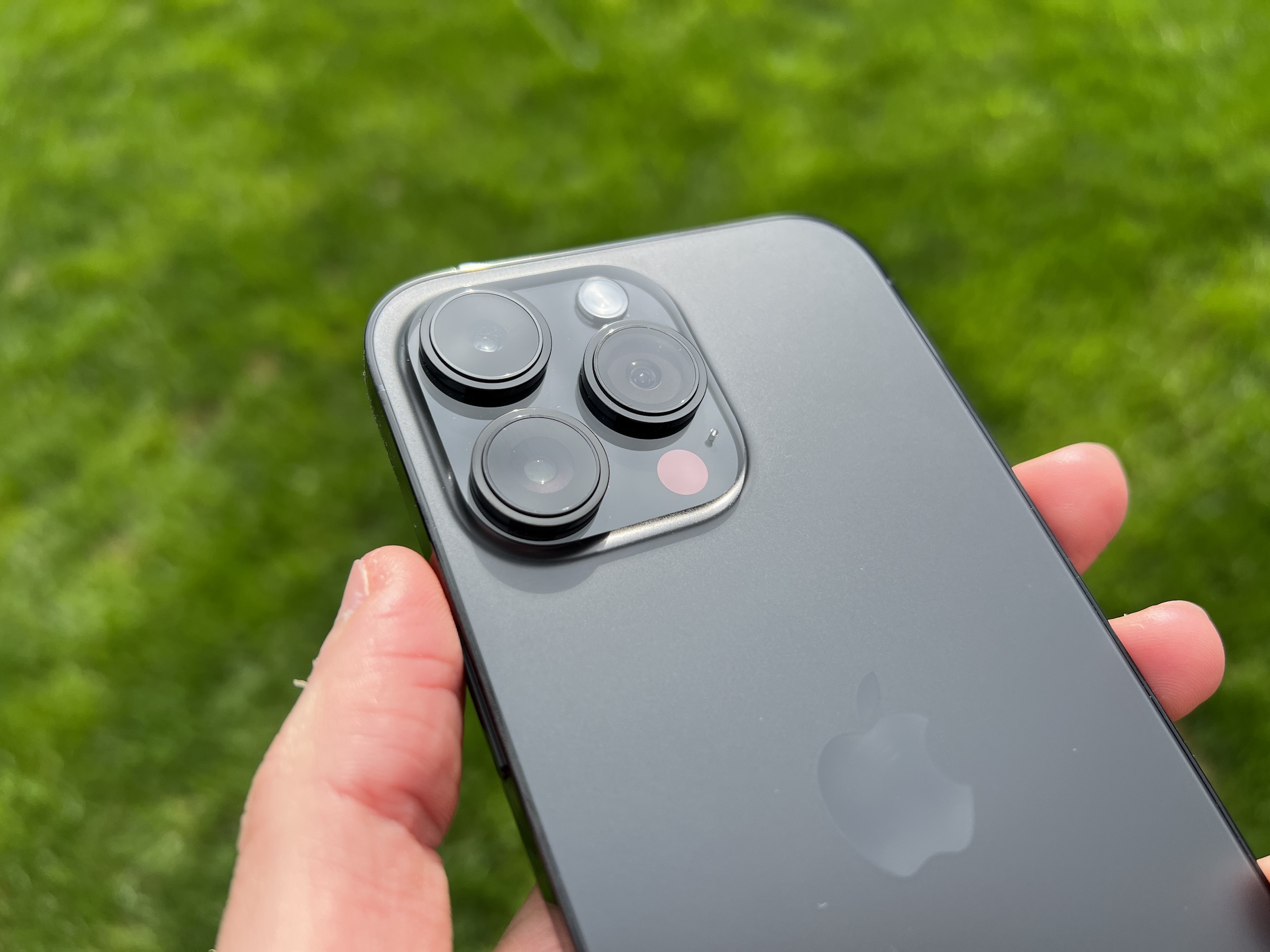
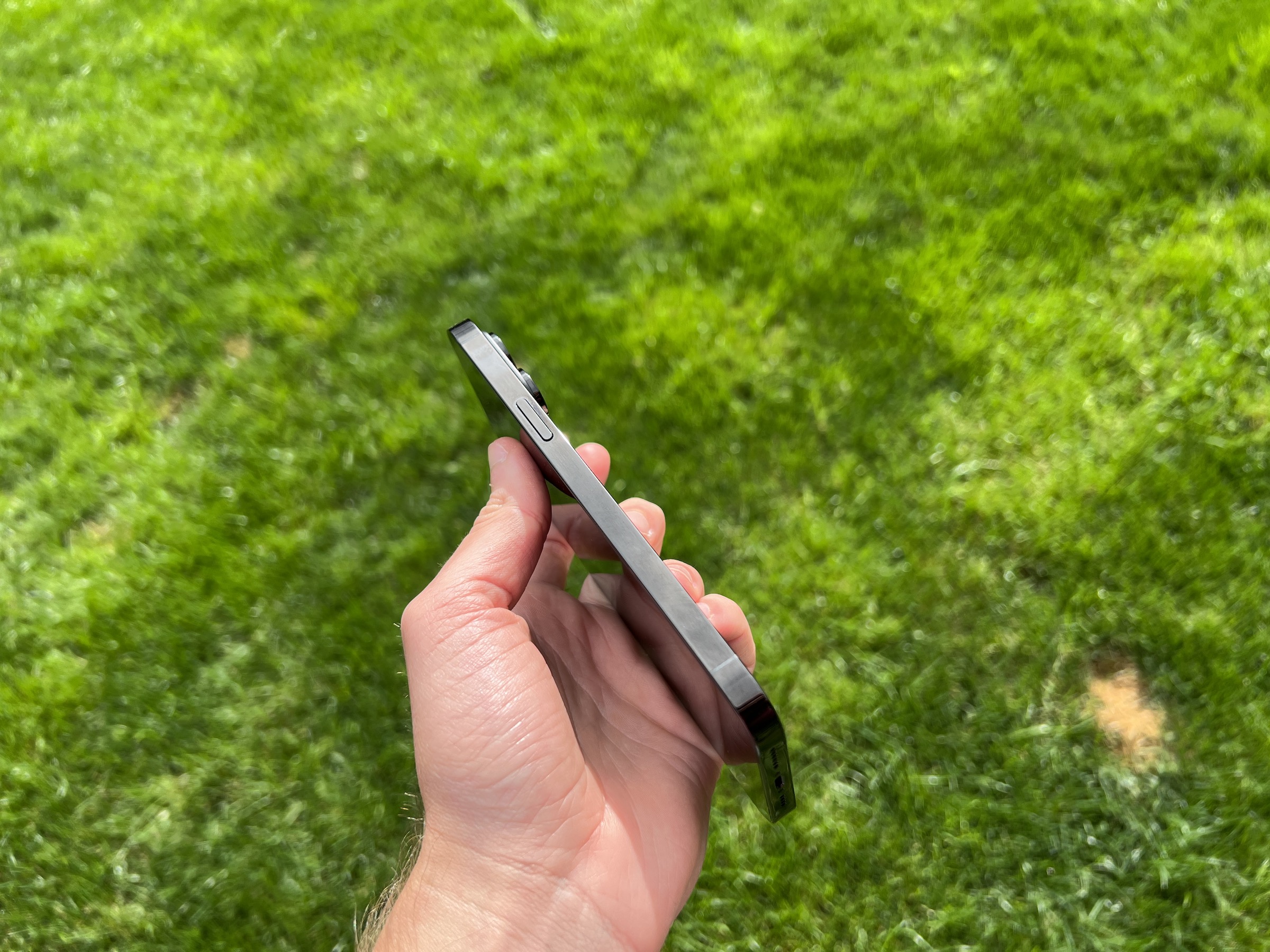
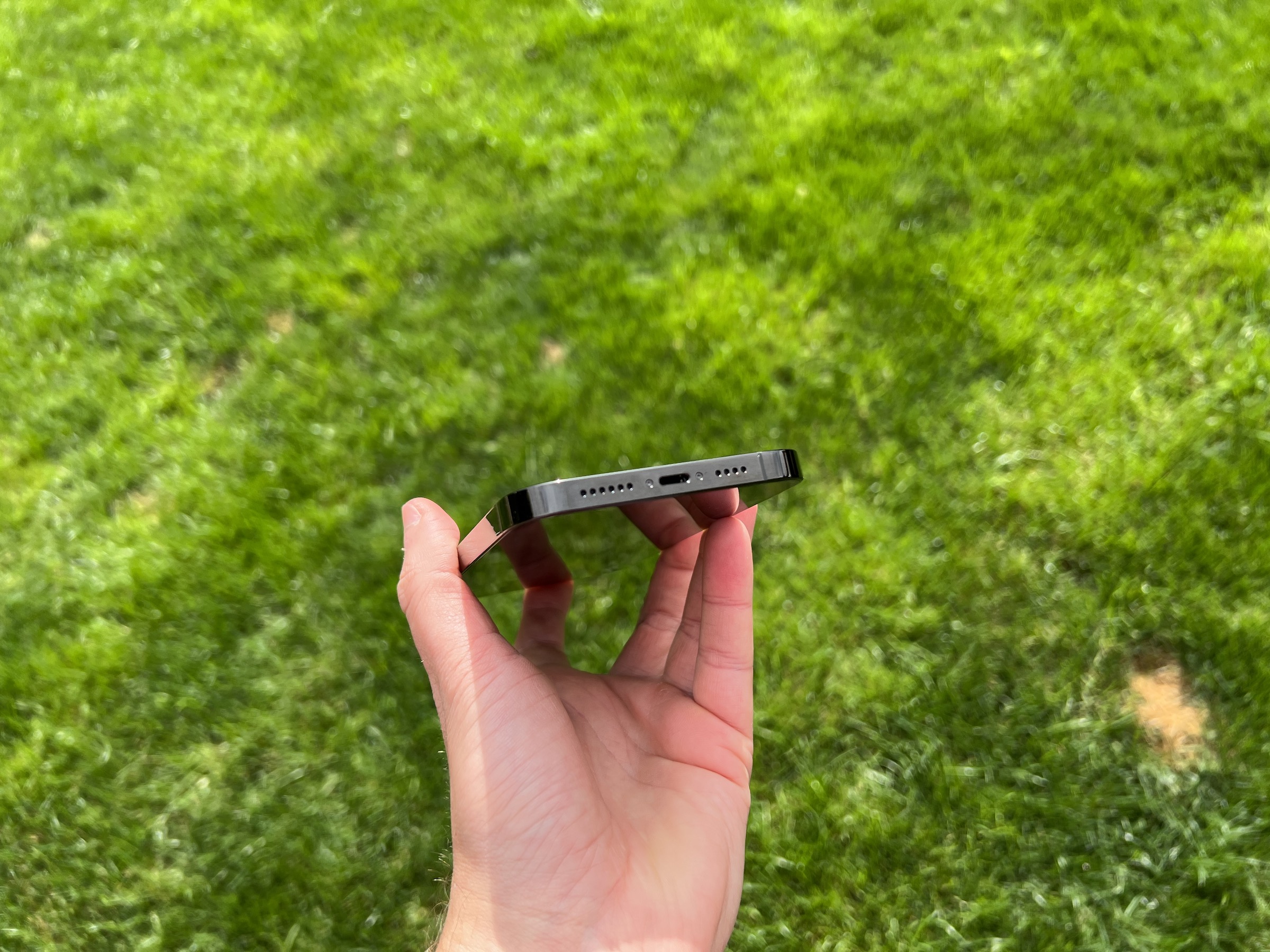
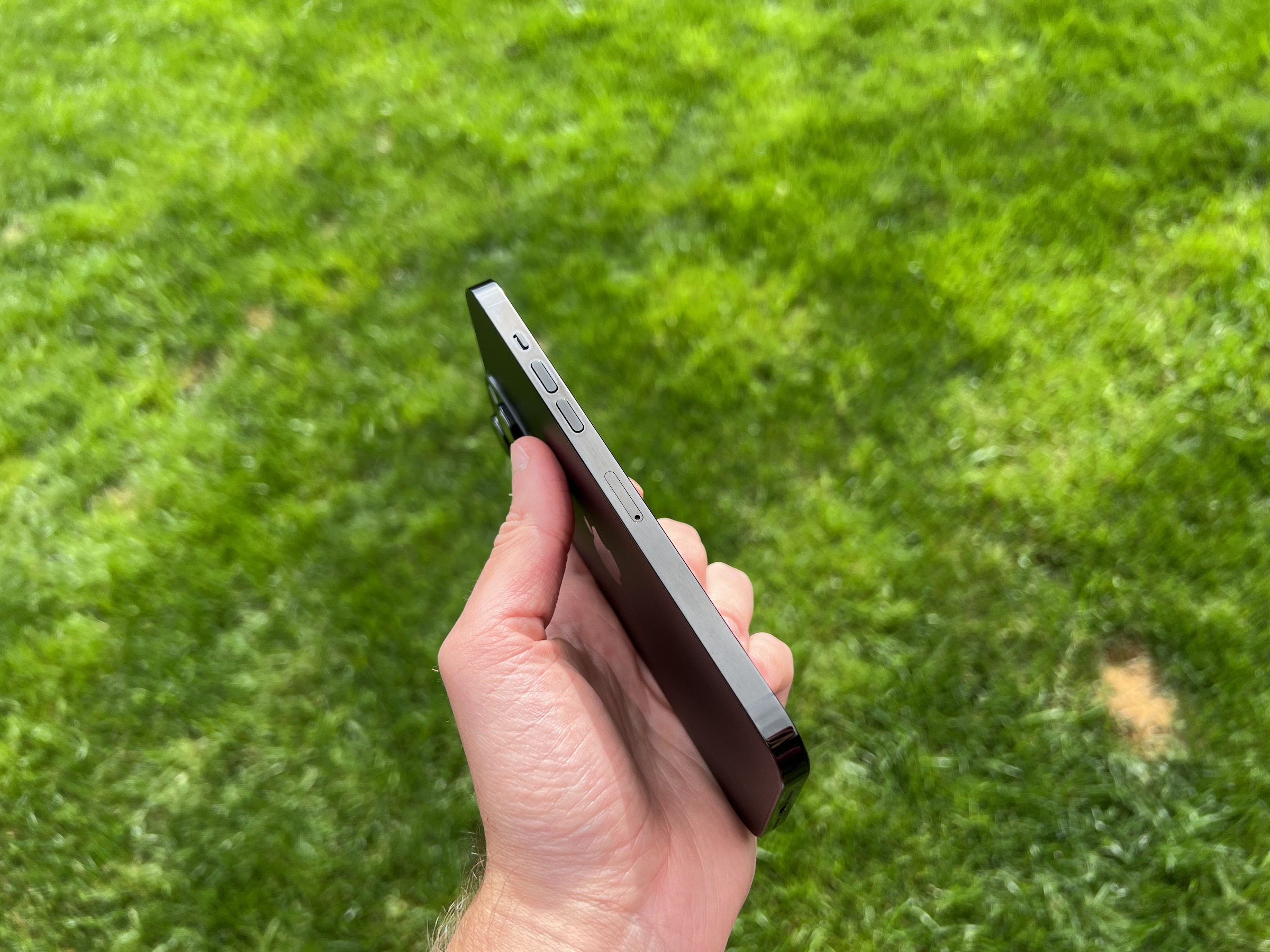
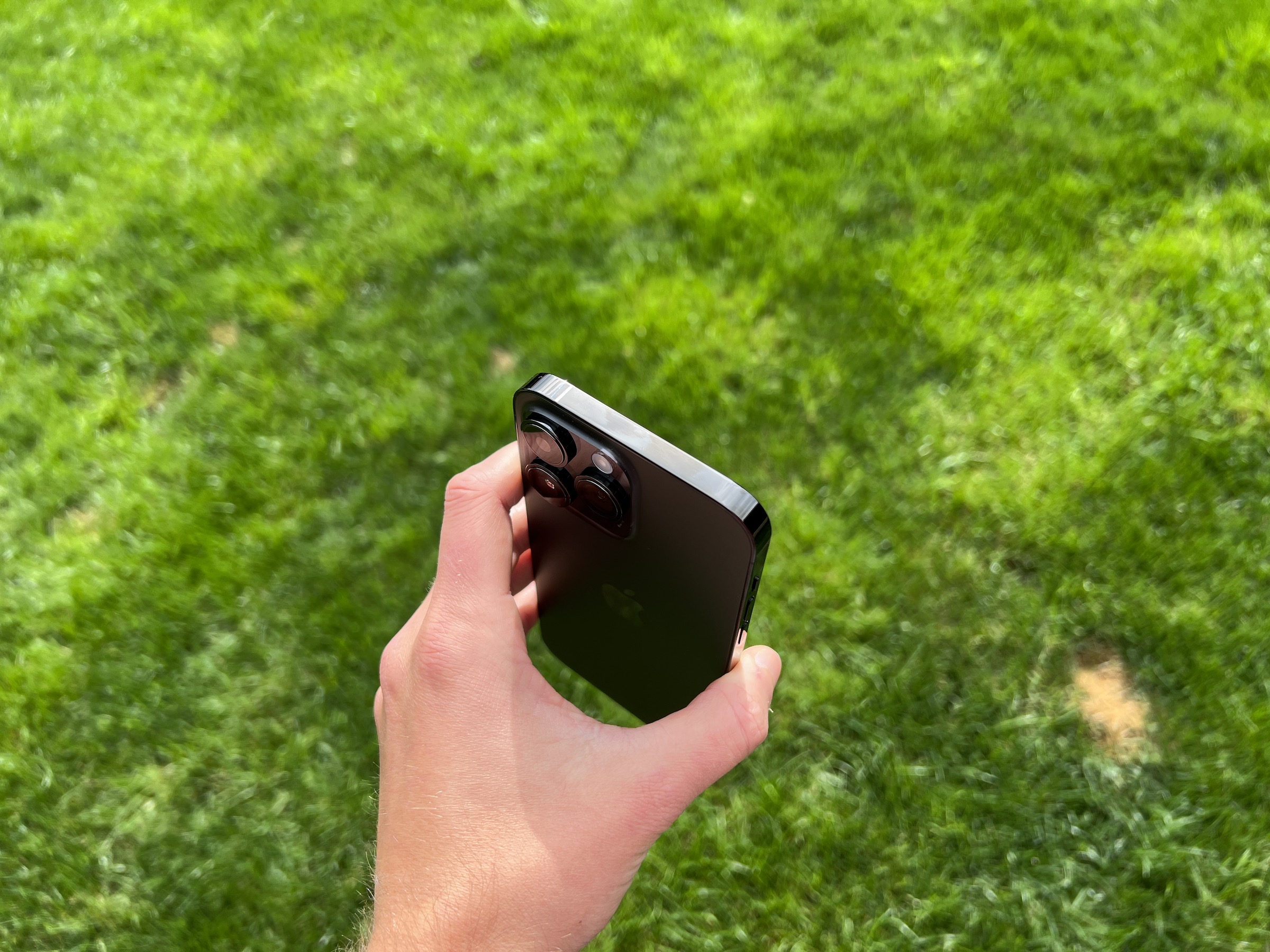
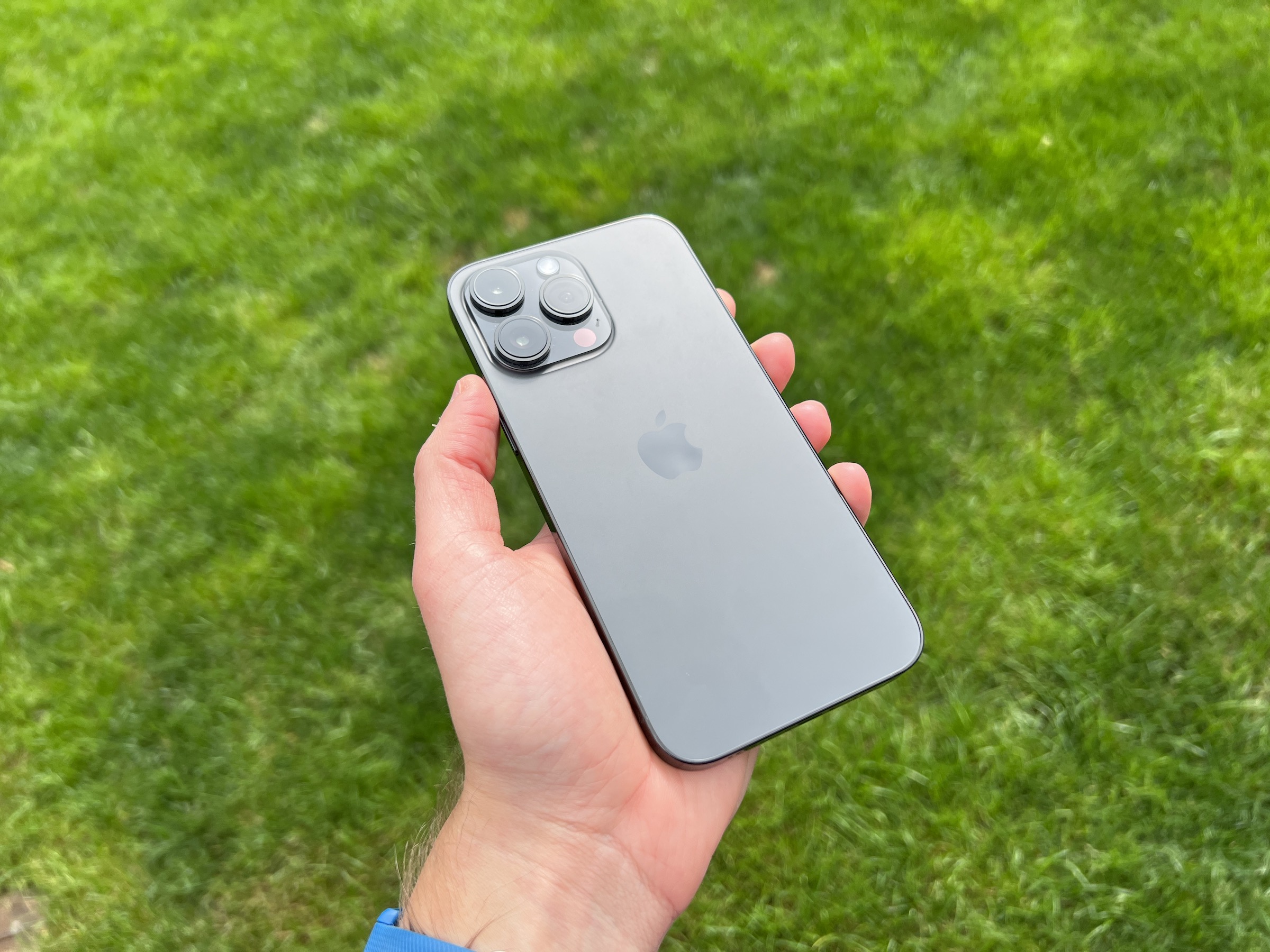
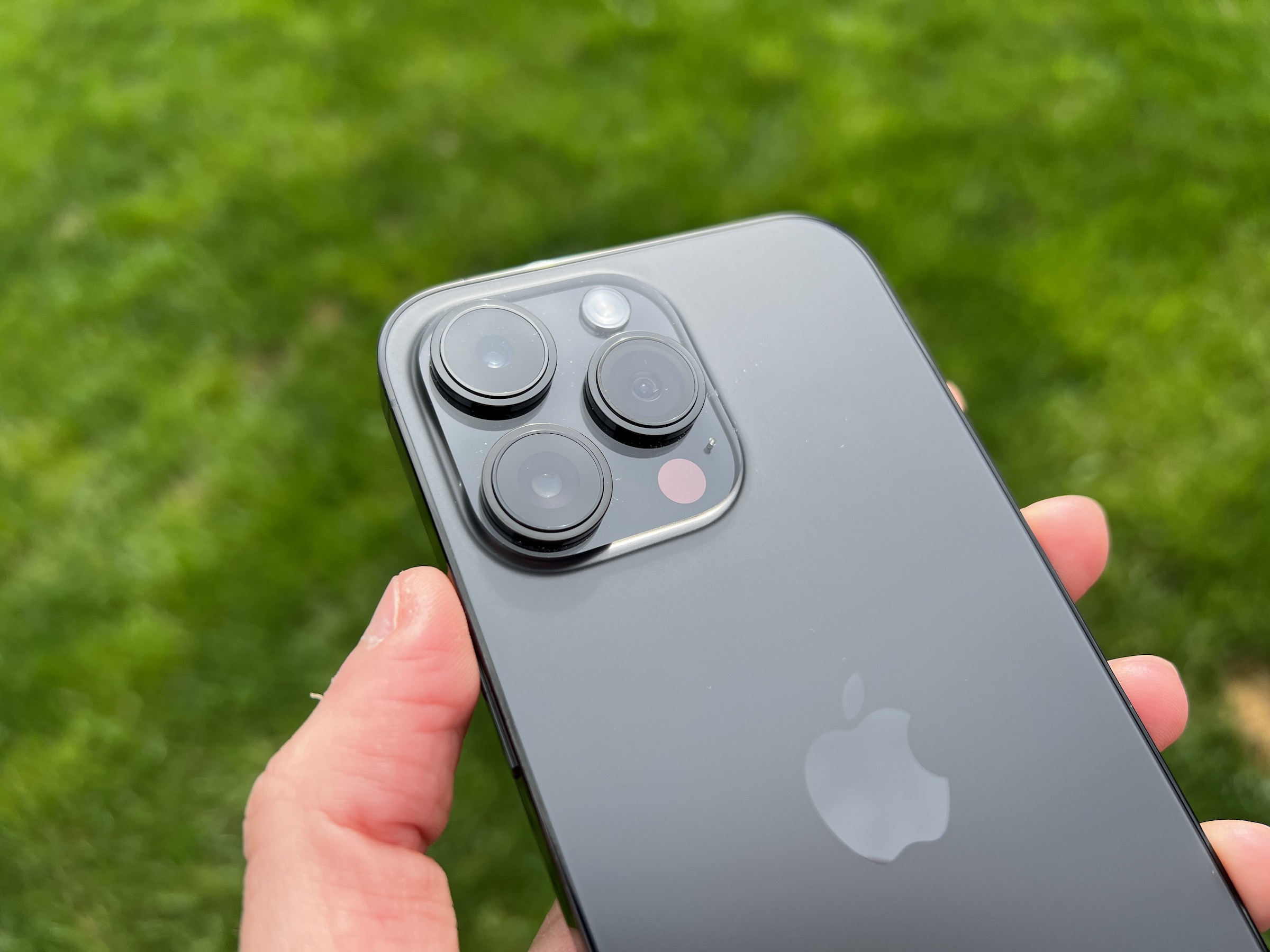
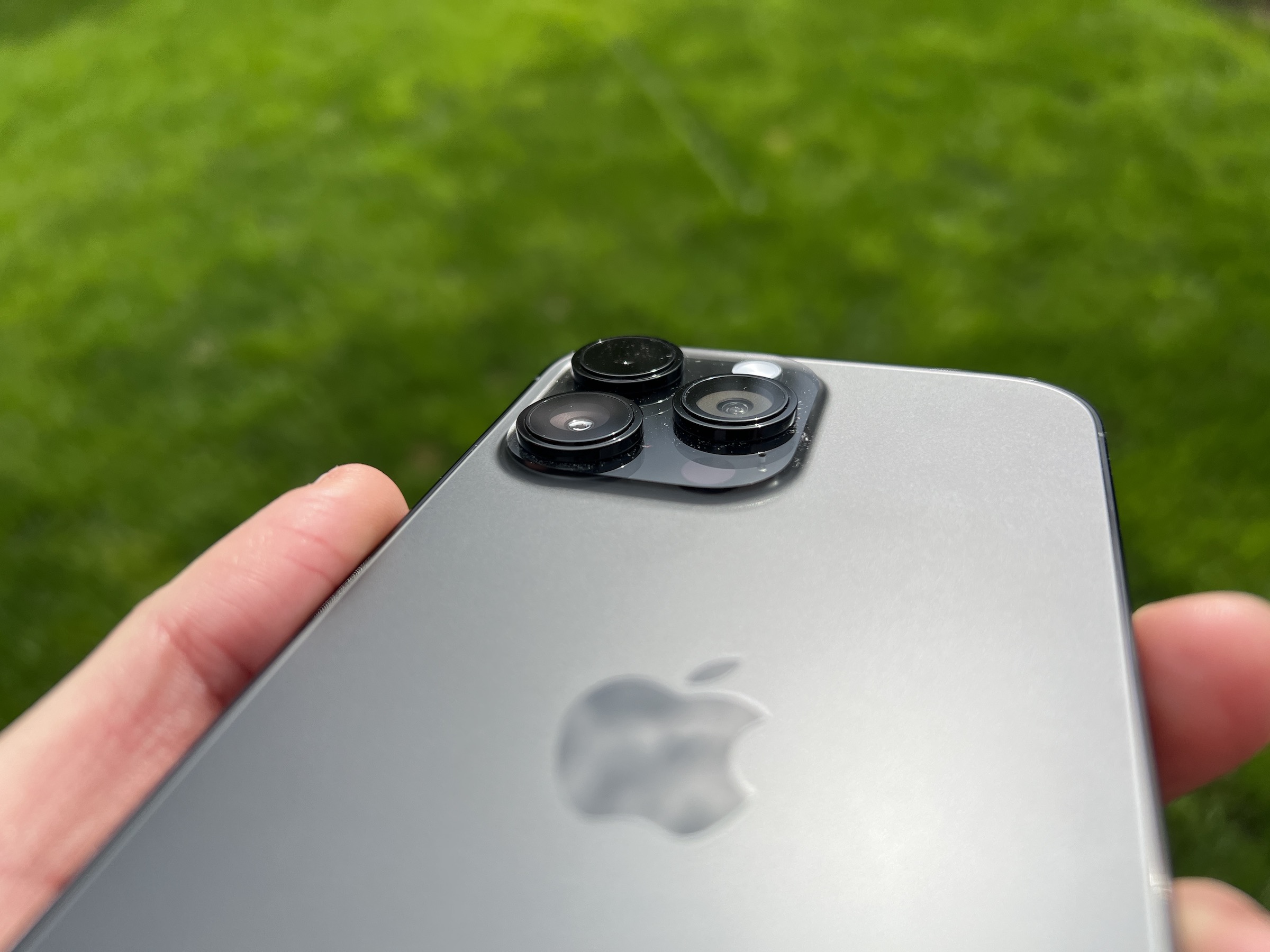

I think it's important to mention that even raw 48 Mpx is not really a full 48 Mpx image with all the image information that a real 48 Mpx image might have. Of course, the number of pixels fits, but each pixel does not carry everything it should carry, because the sensor chip here consists of four cells of the same color, so the result is practically close to a 12 Mpx result, even if we break it down to 48 Mpx. The reality is that each cell only tracks 1/3 of all image information – the amount of light in either red or blue or green. The grouping of cells of the same color into fours is therefore a big loss and a practically meaningless matter for photography professionals. It's basically just a 48 Mpx game.
You can't buy it from MP because it isn't there